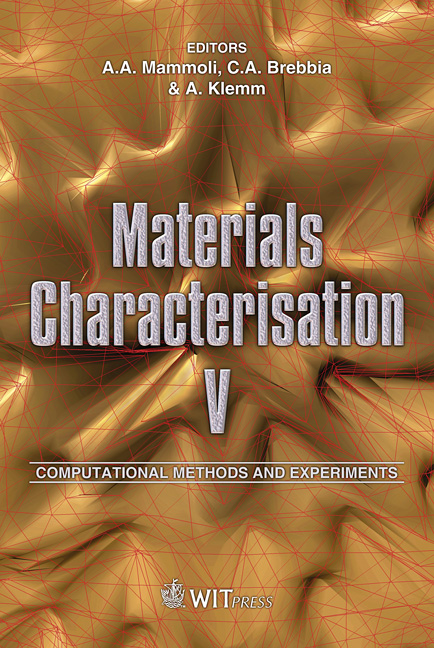The Effect Of Slag Composition On Recycling Of \“OFHC” Through The \“ESCM” Process
Price
Free (open access)
Transaction
Volume
72
Pages
10
Page Range
397 - 406
Published
2011
Size
955 kb
Paper DOI
10.2495/MC110351
Copyright
WIT Press
Author(s)
S. Ketabchi, F. K. Ahadi, K. Hanaee & S. H. Alhoseini
Abstract
This paper reports the results of an investigation into the role of the slag composition in recycling Oxygen Free High Conductivity (OFHC) copper through a modified Electroslag Remelting Process (ESR) melting technique Electroslag Crucible Melting (ESCM). Materials used for the slag were alumina (Al2O3), cryolite (Na3AlF6), sodium fluoride (NaF), and fluorine (CaF2) at different ratios. The results showed that in addition to purity of the slag and graphite used in the electrode and crucible, the percentage of alumina component in the slag composition was the main factor in the attainment of the purity. The best consequence was achieved when the content of alumina was in the range of 23–27%. Furthermore, in ternary compound systems with constant one component, the influence of the weight ratio of the other components was investigated, from a product purity viewpoint. Finally, in the optimized condition, copper with 99.988% purity was achieved, yielding an electrical conductivity of 100.1% IACS. Keywords: OFHC copper, recycling processes, electro slag remelting, ESCM process 1 Introduction Recent developments in electronic industries and energy fields have pushed the property requirements for oxygen free copper to the extreme. When recycling the OFHC copper, the main problem is to reduce oxygen contamination because it not only impairs the conductivity but also the mechanical properties of the material, possibly leading to high scrap losses [1–4]. Oxygen free copper is used in applications where the parts are going to be annealed in a hydrogen containing
Keywords
OFHC copper, recycling processes, electro slag remelting, ESCM process





